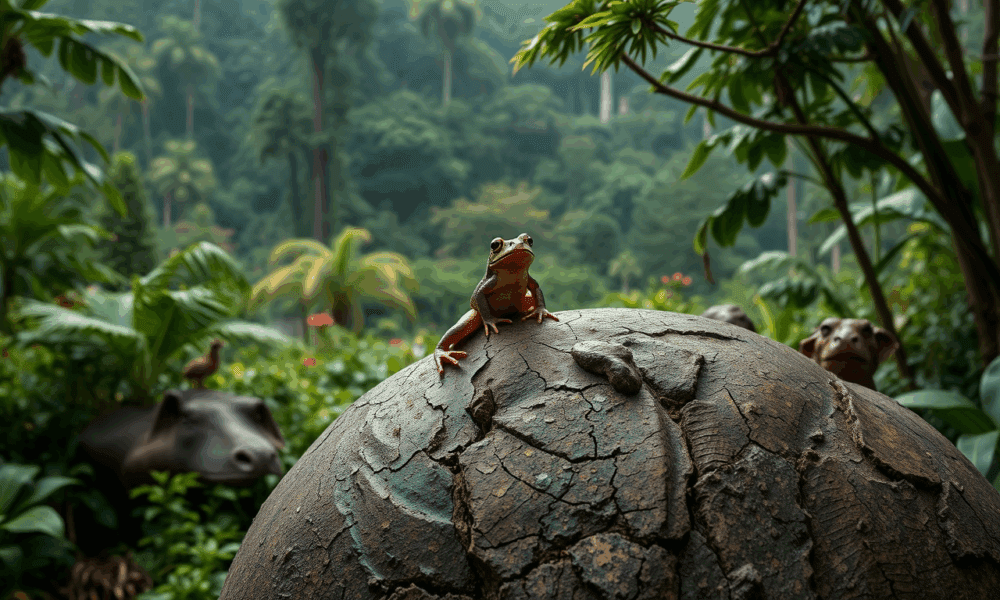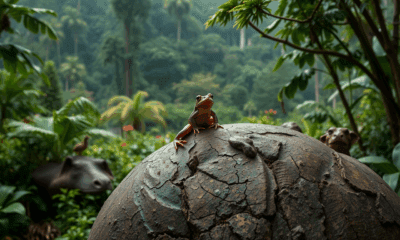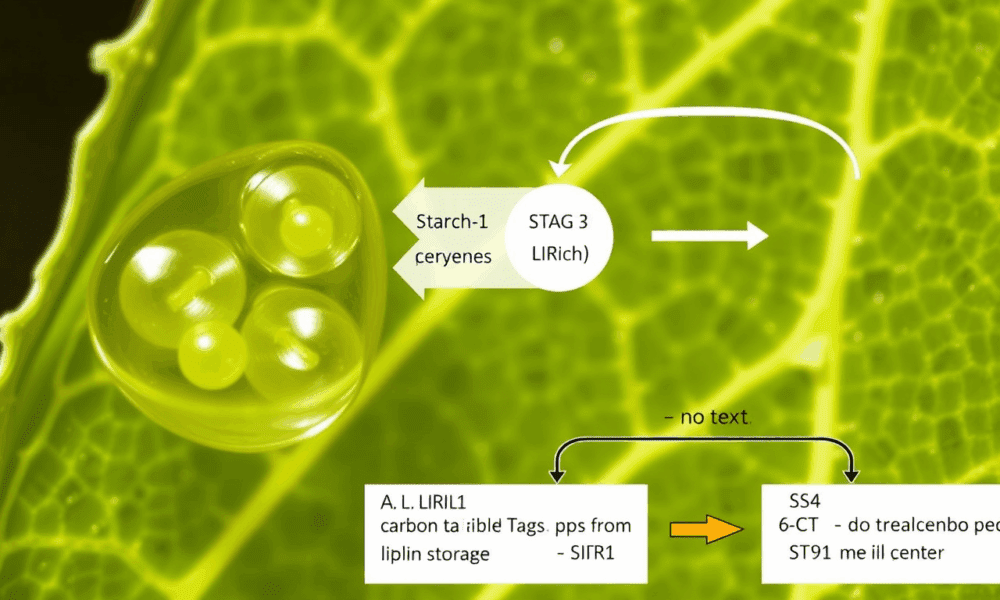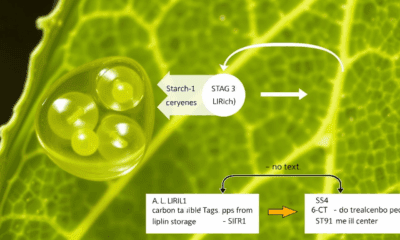


The study highlights the transformative potential of the Rights of Nature, which views nature as a rights-bearing entity, not merely an object of regulation and subjugation...



What roils beneath the Earth's surface may feel a world away, but the activity can help forge land masses that dictate ocean circulation, climate patterns, and...



A new study suggests that early-life exposure to two widespread environmental pollutants -- small particle air pollution and outdoor artificial light at night -- could increase...



Researchers posed a seemingly simple question: how wide are faults?



From the Japanese cypress to the ponderosa pine, wood has been used in construction for millennia. Though materials like steel and concrete have largely taken over...



A professor's casual hike in the High Sierra turned into a new elevation record for California's highest tree, the Jeffrey pine, which wasn't formerly known to...



Three consecutive years of drought contributed to the 'Barbarian Conspiracy', a pivotal moment in the history of Roman Britain, a new study reveals. Researchers argue that...



When two materials come into contact, charged entities on their surfaces get a little nudge. This is how rubbing a balloon on the skin creates static...



Starch and oils are known as storehouses of carbon in plants. However, the way in which carbon resources are allocated during metabolism in plants remained unknown....



By the 2060s, some airports with shorter runways may need to reduce their maximum take-off weight by the equivalent of approximately 10 passengers per flight during...